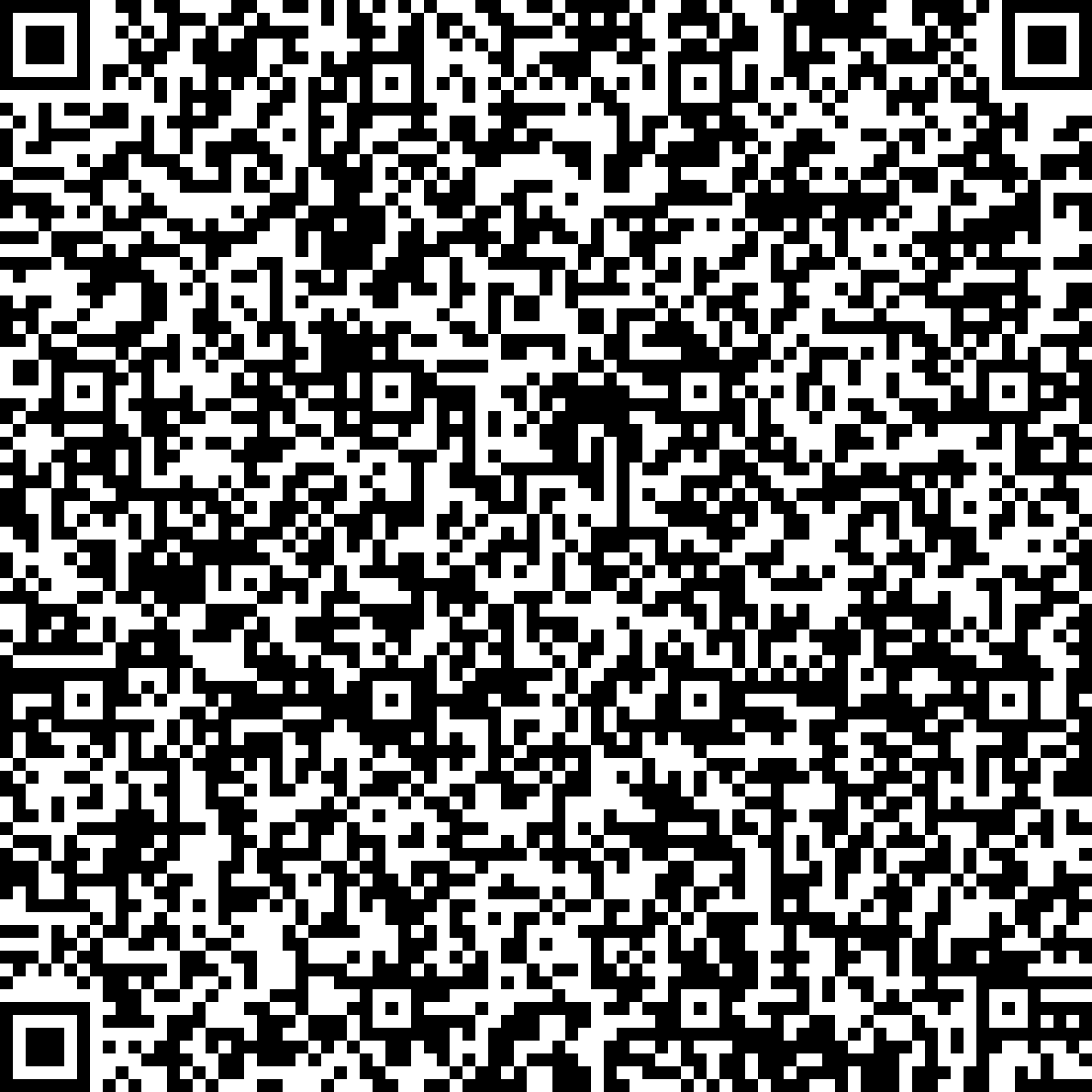


The conductance through a one-dimensional sample in which electrons are strongly correlated can be related to the persistent current of a large ring, composed of the sample and a non-interacting lead. A scaling law in the lead length, obtained from DMRG calculations, allows to extrapolate to a well-defined value of the conductance. This limiting value only depends on the intrinsic properties of the sample and on the nature of the contacts between the sample and the lead. The application of this method to a few physical examples will be discussed. In particular, we will show how Coulomb blockade can be obtained without tunnel barriers and how the electron conductance can be enhanced by a repulsive interaction.



The conductance through a one-dimensional sample in which electrons are strongly correlated can be related to the persistent current of a large ring, composed of the sample and a non-interacting lead. A scaling law in the lead length, obtained from DMRG calculations, allows to extrapolate to a well-defined value of the conductance. This limiting value only depends on the intrinsic properties of the sample and on the nature of the contacts between the sample and the lead. The application of this method to a few physical examples will be discussed. In particular, we will show how Coulomb blockade can be obtained without tunnel barriers and how the electron conductance can be enhanced by a repulsive interaction.